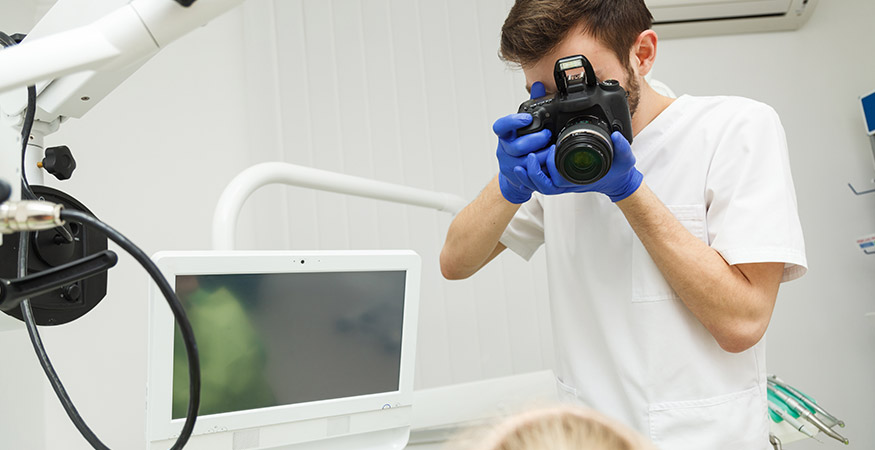Over the past decade, digital dentistry has revolutionized the field of dentistry. More and more dental practices are switching from traditional methods to digital solutions such as intraoral scanners for taking impressions and CAD/CAM technology for restorations. This shift towards digital dentistry comes with a host of benefits, from streamlined workflows and cost savings to improved accuracy in diagnosis and treatment planning.
For dentists who are considering switching from physical impressions to digital cases and digital dentistry with an intraoral scanner, there are several important factors to consider. Firstly, intraoral scanners provide a more efficient and accurate way of taking dental impressions. No longer is there a need for messy impression materials, impression trays, and long wait times while the impression sets. With digital impressions, the process is quick, comfortable, and easy for the patient.
Reduce Turnaround Time
Secondly, the use of intraoral scanners and digital dentistry significantly reduces the turnaround time for restorations. Traditional methods can take days or even weeks to produce a restoration, but with digital dentistry, the process can be completed in a matter of hours. By reducing the number of steps in the process, digital dentistry allows practices to provide faster and more efficient care to their patients.
Reduce Lab Costs
Thirdly, digital dentistry is more cost-effective than traditional methods. While the initial investment in equipment may seem significant, over time, digital dentistry can save practices considerable amounts of money on materials and lab costs. Additionally, digital dentistry reduces the need for remakes, which can be costly and time-consuming.
Achieve Greater Accuracy
Fourthly, digital dentistry provides greater accuracy and precision in diagnosis and treatment planning. Intraoral scanners provide highly detailed 3D images of the patient’s mouth, which can be used for implant planning, orthodontic treatment planning, and other procedures. Digital dentistry also allows for improved communication between dental clinicians and laboratories, ensuring that restorations are precisely customized to the patient’s unique needs.
Improve the Patient Experience
Finally, digital dentistry can significantly improve the patient experience. Patients no longer have to endure the discomfort and inconvenience of traditional impression-taking methods. Additionally, digital dentistry offers improved treatment outcomes, reducing the need for multiple appointments and ensuring that patients are satisfied with the final result.
Benefits of Digital Dentistry
- More efficient and accurate way of taking dental impressions
- Faster turnaround time for restorations
- Improved cost-effectiveness compared to traditional methods
- Greater accuracy and precision in diagnosis and treatment planning
- Improved communication between dental clinicians and laboratories
- Reduced need for remakes
- Better patient experience with less discomfort and inconvenience
- Improved treatment outcomes leading to greater patient satisfaction
In conclusion, the benefits of digital dentistry are numerous and significant. By switching from physical impressions to digital cases and digital dentistry with an intraoral scanner, dental practices can achieve greater efficiency, accuracy, and patient satisfaction. The cost savings and reduction in turnaround times are also significant factors that make digital dentistry an attractive option for dental practices looking to streamline their workflows and improve their bottom line.


